7 Effective Teaching Strategies for Young Children with Disabilities
October 31, 2023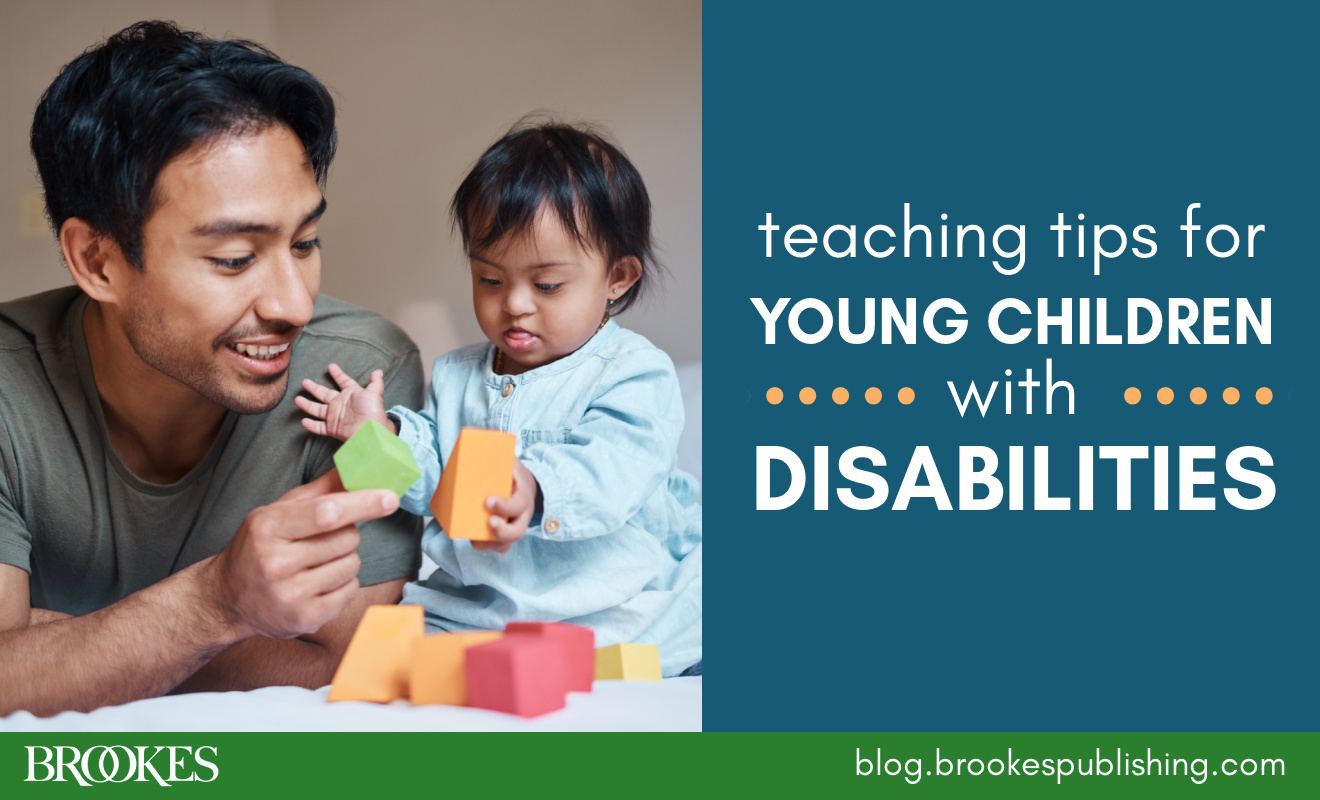
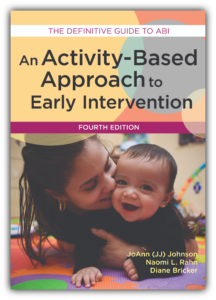 How can teachers and caregivers help young children with delays or disabilities learn key developmental skills? In the book An Activity-Based Approach to Early Intervention, JoAnn Johnson, Naomi L. Rahn, and Diane Bricker describe how activity-based intervention (ABI) can help. The foundation of ABI is the daily transactions that occur between young children and their physical and social environments, and learning opportunities that are embedded into these daily activities.
How can teachers and caregivers help young children with delays or disabilities learn key developmental skills? In the book An Activity-Based Approach to Early Intervention, JoAnn Johnson, Naomi L. Rahn, and Diane Bricker describe how activity-based intervention (ABI) can help. The foundation of ABI is the daily transactions that occur between young children and their physical and social environments, and learning opportunities that are embedded into these daily activities.
ABI is designed for use with a variety of teaching/intervention strategies that are responsive to a child’s initiations and are compatible with daily routines and meaningful planned activities. Today’s post outlines 7 of these recommended teaching strategies that teachers and caregivers can use throughout the day.
Strategy #1: Forgetting
Use the strategy of “forgetting” to encourage children’s action and problem solving. In this strategy, the adult fails to provide necessary materials or overlooks a familiar component of a routine. Examples include not having peanut butter available for making peanut butter and jelly sandwiches or not recalling a word or phrase to a familiar story or song. When forgetting occurs, children should recognize the missing element and convey this information by asking questions, searching for materials, or engaging in other problem-solving actions.
Strategy #2: Visible but Unreachable
Placing objects within children’s sight but out of their reach can facilitate development of social, communication, and problem-solving behaviors. Families often use this strategy by accident—for example, they may place a favorite toy on a shelf out of reach, which may motivate children to figure out how to obtain the item. Placing objects out of reach is often an effective strategy to use with children learning early communication skills—for example, placing foods in the center of the table before serving them allows the adult to name the items and wait for children to request them. (When using this strategy, it’s important that the child is able to see the object and that a peer or adult is available to retrieve the object, unless independent problem solving is the goal. Also, it is imperative that the child is in no danger in their pursuit of the out of reach object.)
Strategy #3: Change in Expectations
Many changes in routine activities—for example, an adult trying to write with an upside-down pencil—may appear comical to children. Children’s recognition of change provides information about their discrimination and memory abilities, and such changes provide ideal situations for evoking a variety of communication and problem-solving responses. (For instance, the child might turn the adult’s pencil so that the pointed end is down.) Children with severe disabilities can often recognize changes, such as putting a mitten on a foot, and communicate this recognition. Alert team members can often shape these communicative responses into functional behaviors.
Strategy #4: Piece by Piece
Ration access to a multipiece project by retaining pieces so that the child must request materials repeatedly, piece by piece. For example, when working on a puzzle, pieces can be handed out as a child asks for them. Labeling the piece or action can be encouraged or required. This strategy may be used effectively when children use paint, glue, paper, crayons, blocks, or other small items. Meals with foods such as cereal, raisins, or fruit or vegetable slices/pieces also present opportunities for employing this strategy. Be alert to the introduction of too many disruptions—it’s important to balance providing opportunities to practice skills with the child’s needs to become actively and genuinely involved in an activity.
Strategy #5: Self-Talk and Parallel Talk
Self-talk and parallel talk are related and similar strategies to support young children’s language development. The essential element of these two strategies is the narration of actions. In self-talk, the teacher or parent describes what they are doing, seeing, eating, touching, or thinking in the presence of the child: “Oh, yes, this diaper is wet and needs to come off. Let’s take this wet one off and find you a dry one!” In parallel talk, the adult provides the narrative of the child’s actions as they occur: as Gabe plays with rubber stamps and makes colorful designs on paper, the teacher could say, “You picked the shell stamp with green and blue ink, and you are stamping it on yellow paper. What a great design!”
Strategy #6: Prompt Imitation
A prompt is a hint or cue used to elicit a target behavior. The prompt imitation strategy provides both a cue and a model to be imitated by the child. This strategy is most often used to support children’s language acquisition, and to be used successfully it is critical that the prompt relates to something on which the child is already focused. For example, in using a prompt imitation strategy to encourage a child’s use of the word cracker, the teacher would wait until the child is focused on the crackers, wanting more, and tell the child, “Say ‘more cracker.’”
Strategy #7: Expansion or Restatement
This combination of strategies is used when children are beginning to communicate with spoken language. The strategies capitalize on the child’s current use of language, reinforcing and supporting their efforts in two ways. Using expansion, for example, upon hearing Charlotte correctly identify a “doggie,” the caregiver replies, “Yes, it’s a big doggie” providing additional description. In a restatement example, upon hearing Herbie say, “He got cookies!” the teacher would answer, repeat, and correct Herbie’s comment to, “Yes, he has cookies.”
Use the 7 strategies outlined in this post to help children develop the skills they need—and share these ideas with families for use at home, too! For more on the powerful ABI approach, check out the fourth edition of this classic text and professional guide.

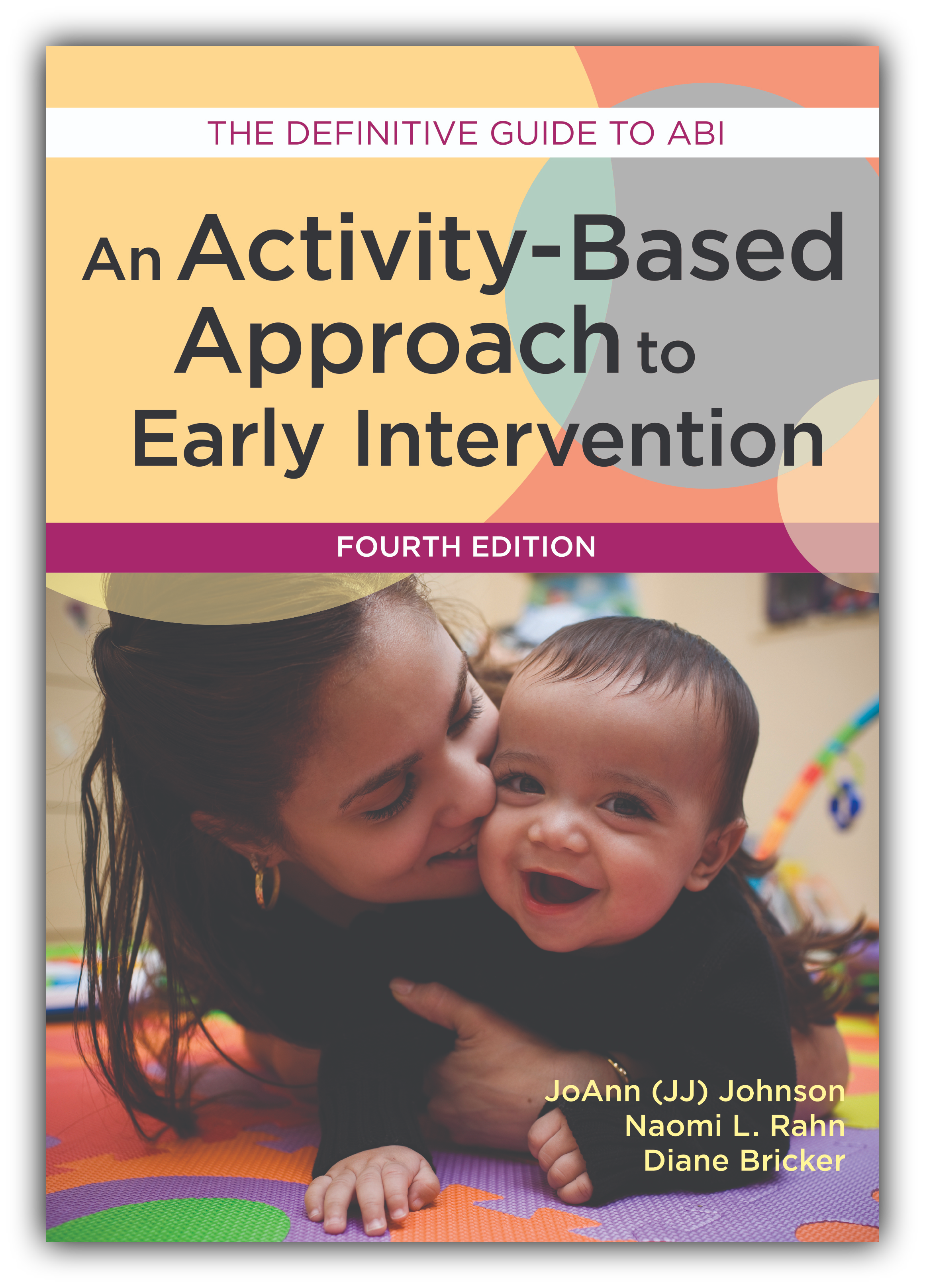
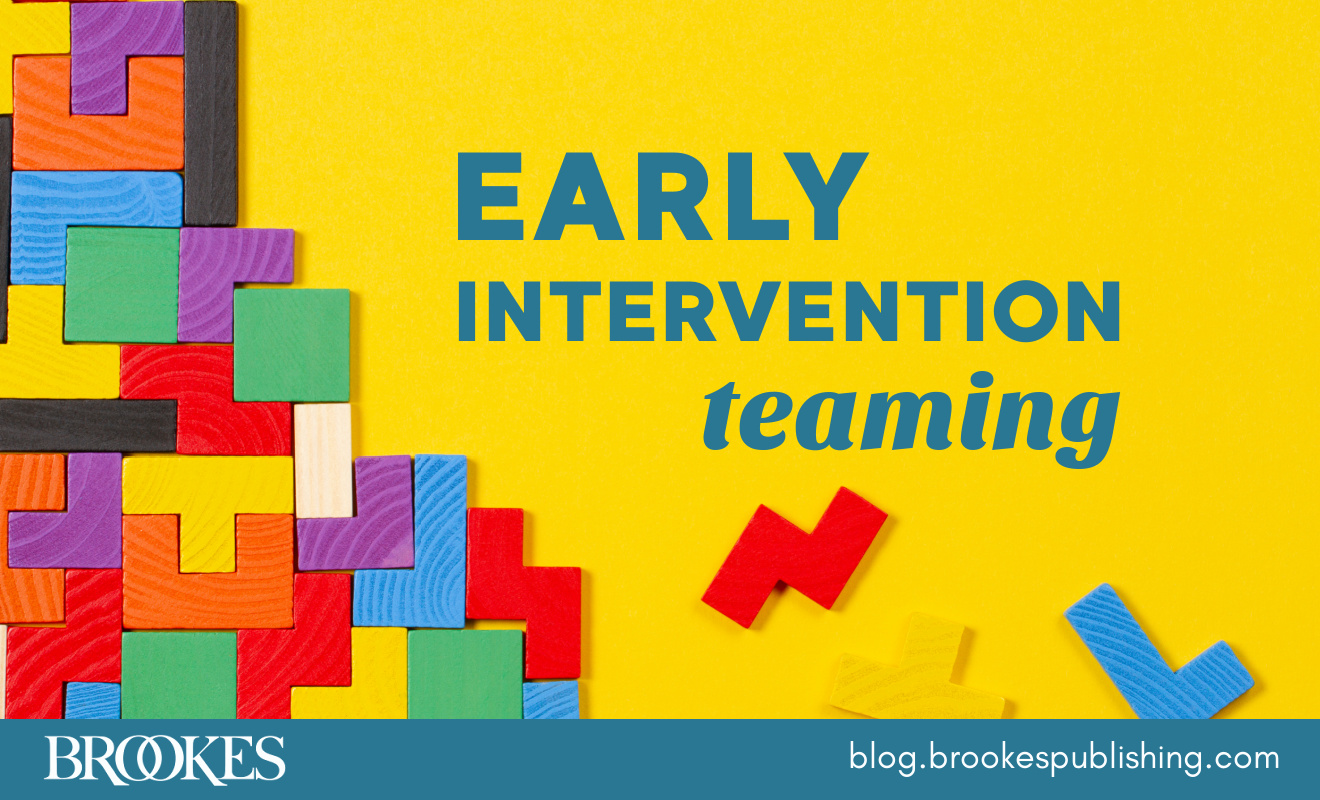

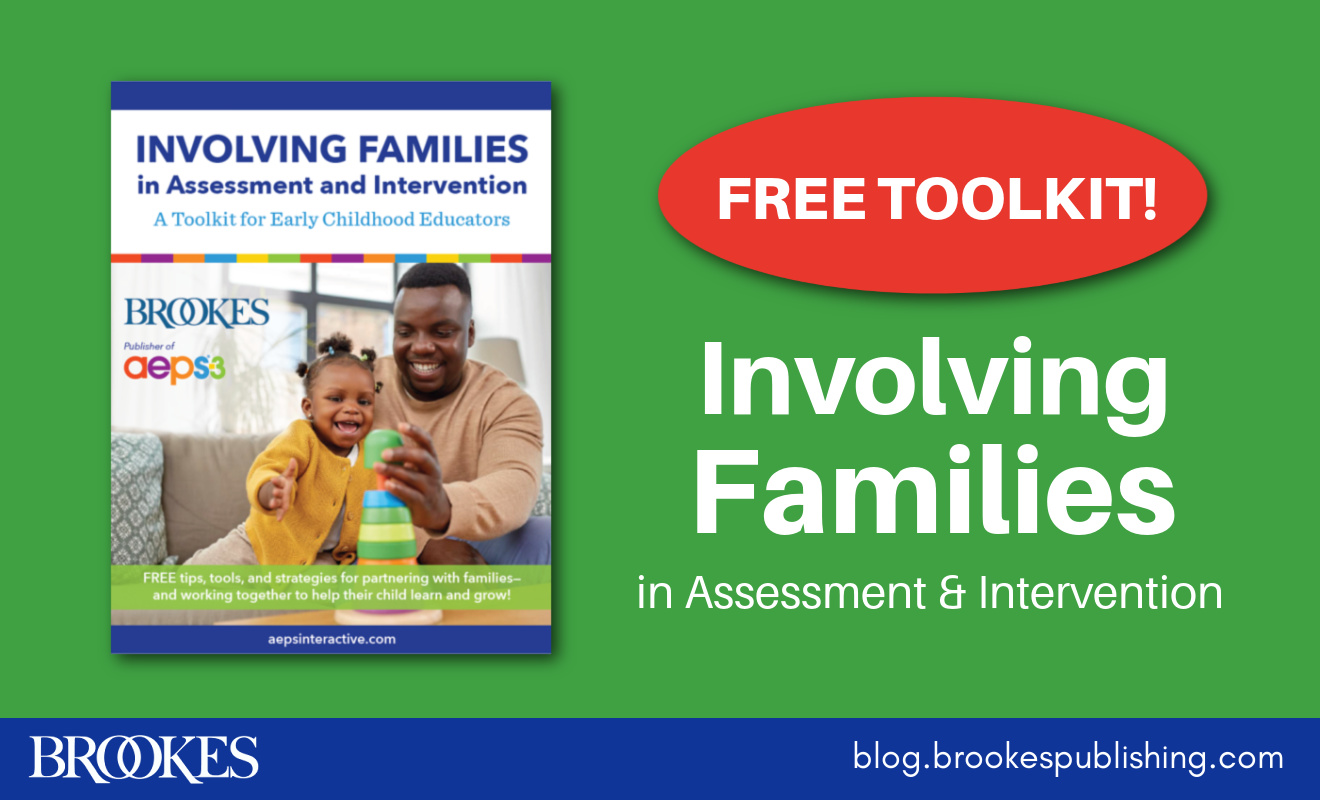
Write a Comment
Your email address will not be published. Required fields are marked *
Post a Comment